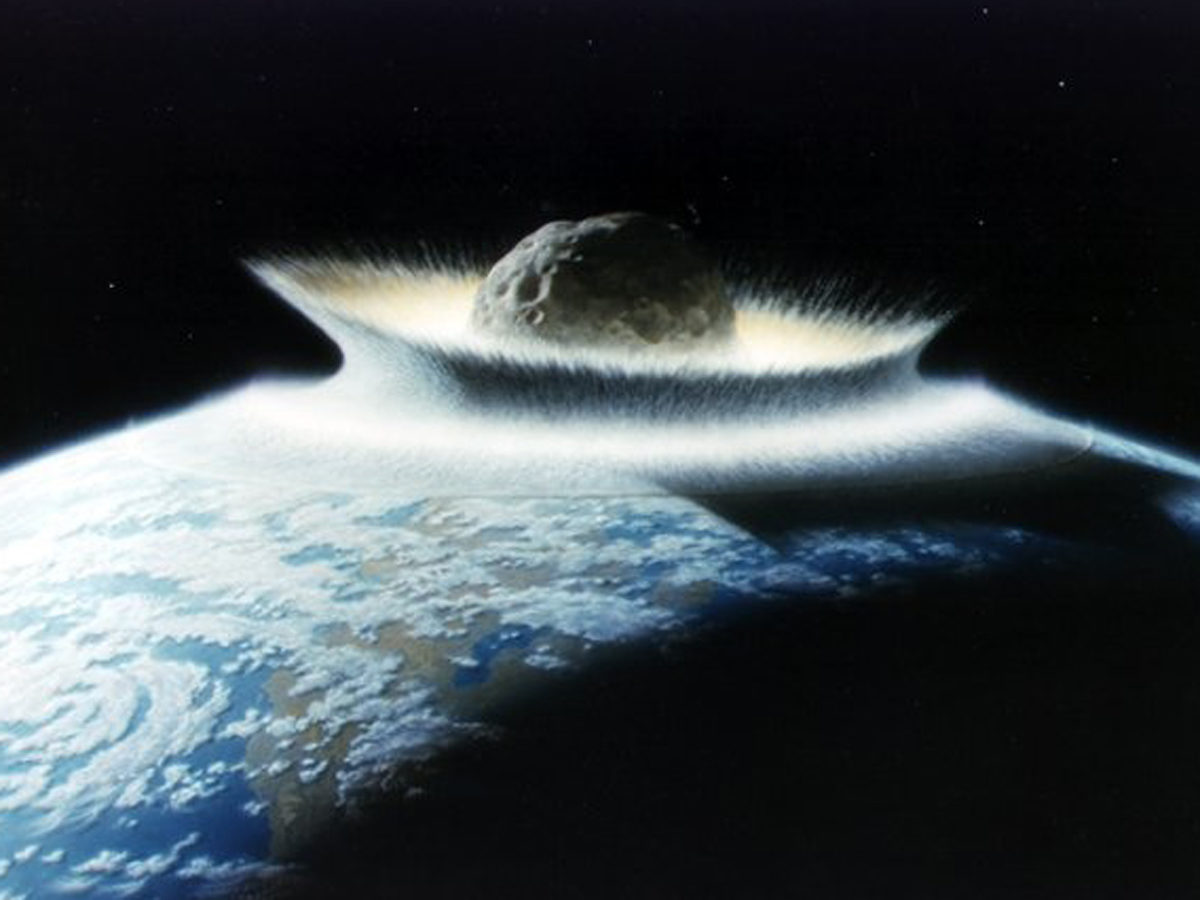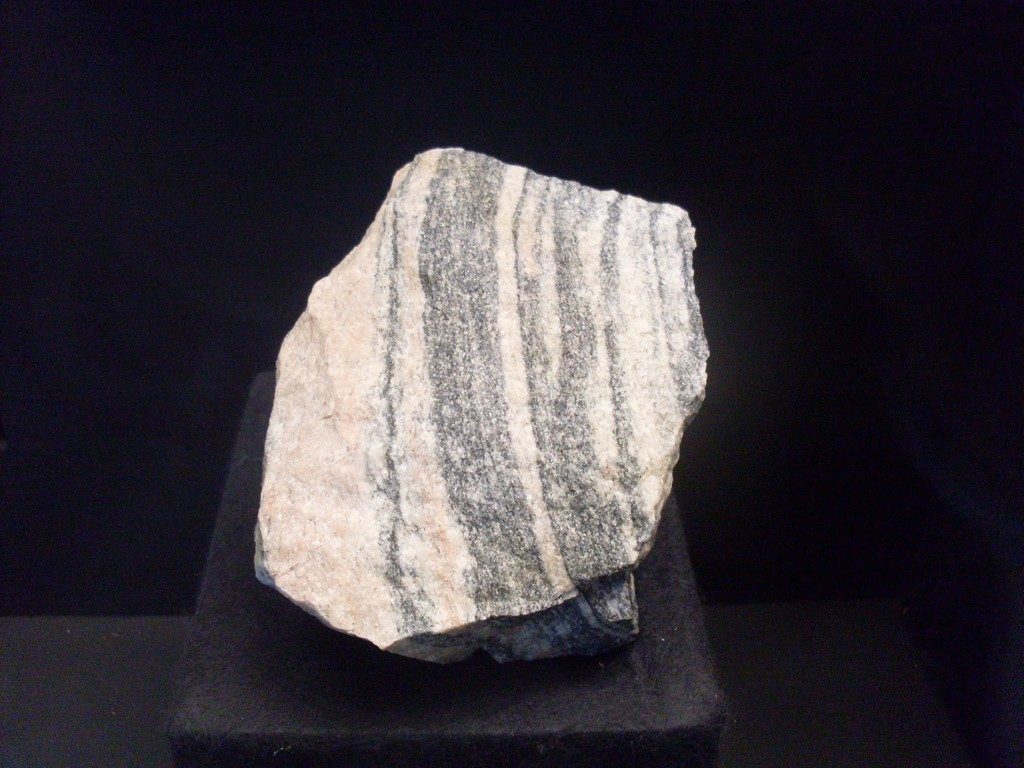
There is a 700-million year gap in Earth's history, and in that time one of the most transformative events happened: life appeared. This missing epoch could hold not just the secret of humanity's first ancestor, but could guide our search for life on other planets.
To this end a recent paper, published in the scientific journal Astrobiology, tries to bring the worlds of geology and chemistry together by laying out what Earth's ancient geology tells us about when life began on the planet, and how geological constraints - such as those caused by an asteroid impact or evolutionary bottlenecks - can be used to vet the different theories about the evolution of life.
"Geologists have only weakly constrained the time when the Earth became habitable and the later time when life actually existed to the long interval between about 4.5 billion years ago and 3.85 billion years ago," Norm Sleep, a geologist at Stanford University in the United States, writes in his paper.
A dangerous time
However, this was a dangerous time to be in the vicinity of Earth. Although evidence for it has become increasingly disputed in recent years, many scientists still think that during this period asteroids pummelled the young Earth and its neighbouring planets in what has become known as the Late Heavy Bombardment.
An asteroid impact is one of the events that could have created what is called an evolutionary bottleneck, whereby a few species are able to dominate, often as the result of a sudden decrease in the number of other organisms, says Sleep.
If a big asteroid were to hit Earth, the planet's surface temperature would sky-rocket and the oceans would vaporize into the atmosphere. It would be catastrophic for the majority of life on Earth. But if an organism could survive that, it would be able to take over the planet - and possibly evolve over the course of billions of years to what would eventually become humans.
"If you wipe out most life geologically, the survivors are going to find a lot of vacant niches to occupy, and there will be rapid evolution," Sleep tells Astrobiology Magazine. For example, thermophiles (which are heat-loving organisms) may have been able to survive temperatures that would have killed other organisms.
"This type of bottleneck, we know from the physics," Sleep says. "The inside of Earth would be cooler, thermal microbes would be comfortable."

Unfortunately, ancient asteroid impacts are difficult to detect in Earth's geology, in part because of our planet's shifting tectonic plates. However, traces of sequestered carbon trapped in ancient rocks could offer a clue: post-catastrophic asteroid impact, the atmosphere would have contained abundant quantities of carbon dioxide, linked to the high temperatures and high atmospheric pressures that would have made it difficult for live to thrive on Earth. "The Earth did not become habitable until the bulk of this carbon dioxide was subducted into the mantle," Sleep writes in his paper. So far, scientists have not found reliable evidence of this sequestered carbon dioxide.
Another evolutionary bottleneck for life could have been innovation: an organism innovates a trait that makes it very fit for its environment, and it is able to outcompete other organisms. "It quickly takes over all suitable habitable places on Earth and it becomes very abundant very quickly," says Sleep.
An example would be an organism that evolves the ability to use iron or sulfur to photosynthesize. "The organism goes from being dependent on hydrogen to sunlight, and its biomass increases by an order of magnitude," he says.
"Once this threshold was reached, the transition would be rapid, as in human time scale: years, hundreds of years, millennia. The organism could go from just barely eking it out, to multiplying and inhabiting the whole planet.
"These are all potentially testable hypotheses," he says.
His paper notes that the majority of known mineral species owe their existence to biological processes.
Getting people thinking
When asked which was the most likely cause of these bottlenecks, Sleep says it was probably a mixture of both. The purpose of his paper was not to advocate one cause over another, but "to get people thinking"
"It is to get people to work together, [to] pose things in a way that is helpful to everybody, [and] stir up more thinking about it," he says.
William Martin, Director of the Institute for Molecular Evolution at Heinrich-Heine-Universität Düsseldorf, reveals to Astrobiology Magazine that "There is a diversity of views in both disciplines, [and] getting everyone on the same page is no easy task. [Sleep] made a great effort to reach out across disciplines, that is for sure. Views about early evolution change slowly, but [Norm Sleep's paper] is an important contribution.
Ultimately geology is crucial, as it defines the environment within which biologists and chemists have to operate, he says.
Sleep's research was performed as part of collaboration with the NASA Astrobiology Institute Virtual Planetary Laboratory Lead Team.



Reader Comments
to our Newsletter